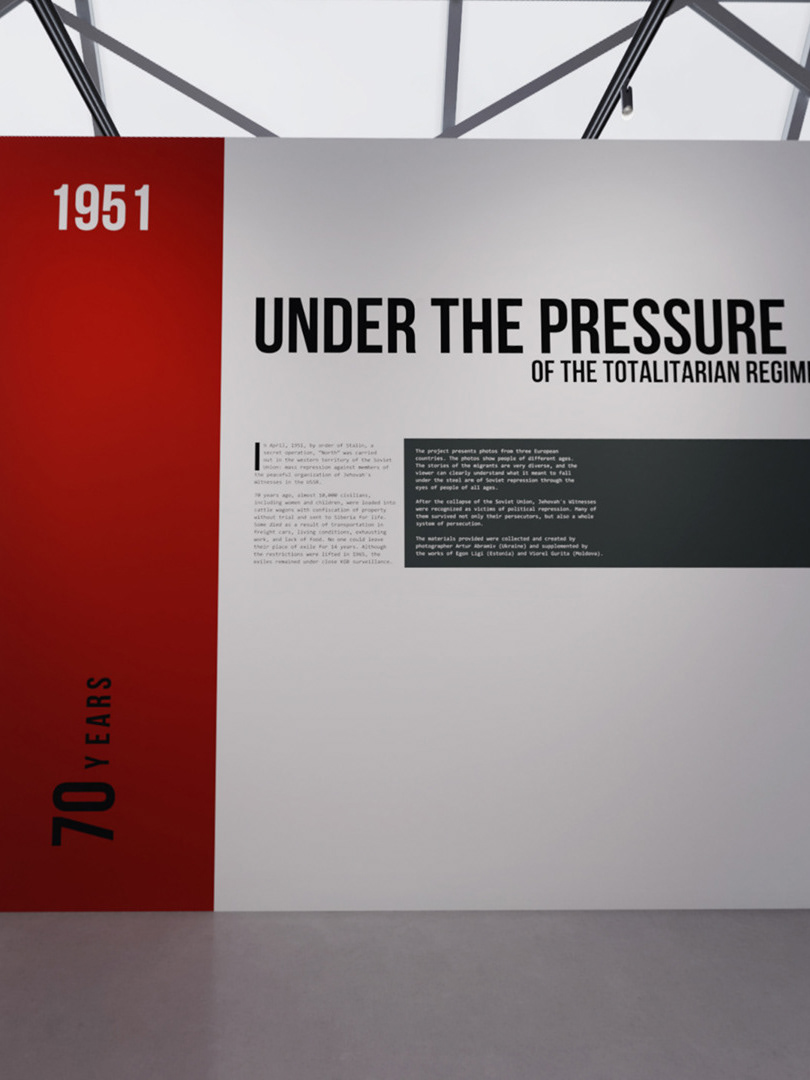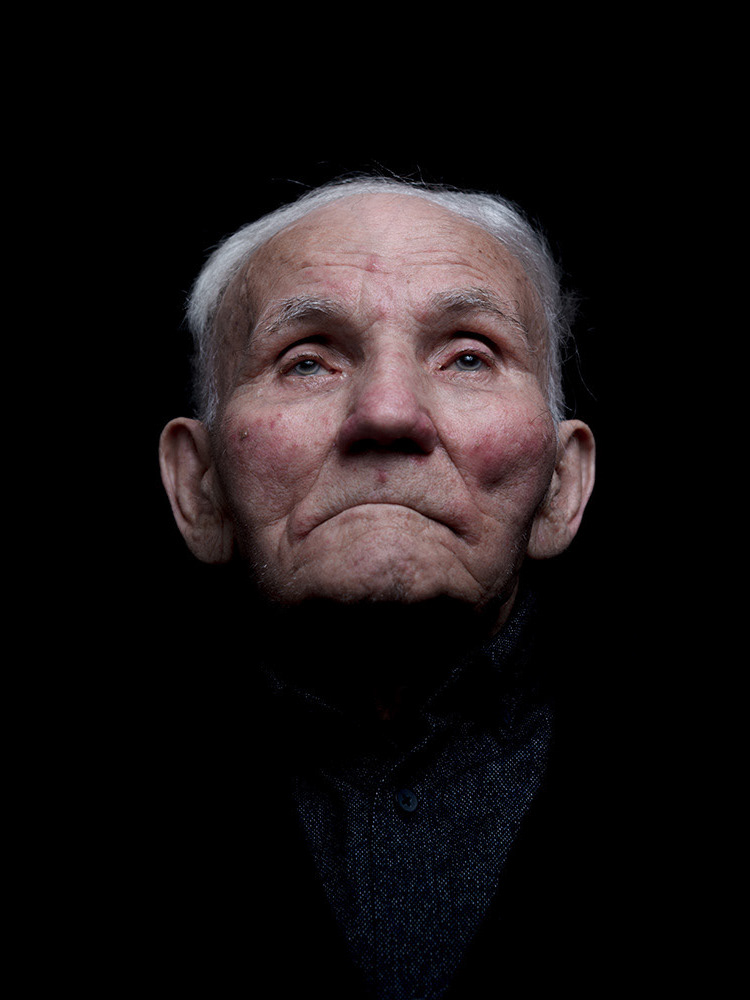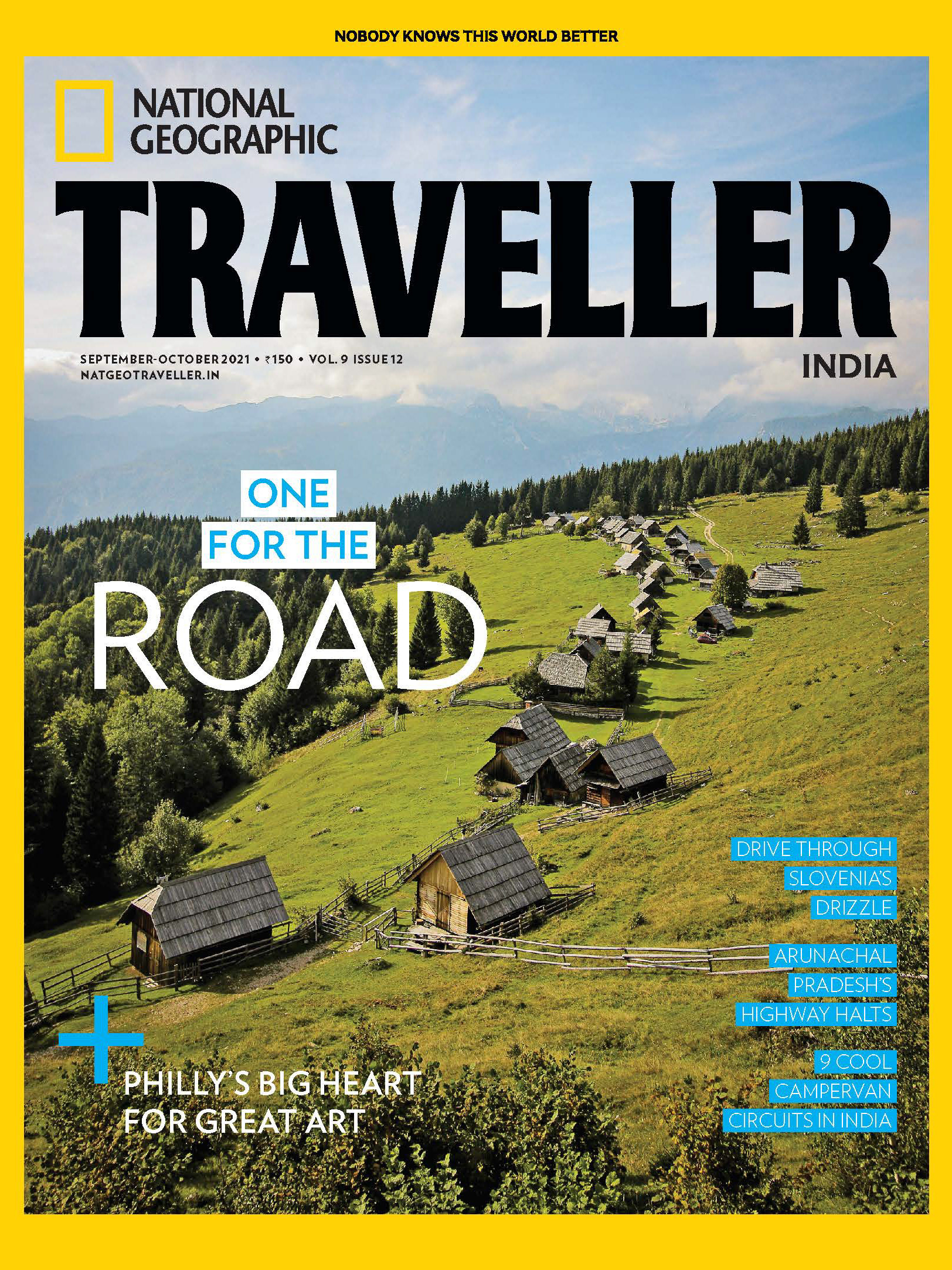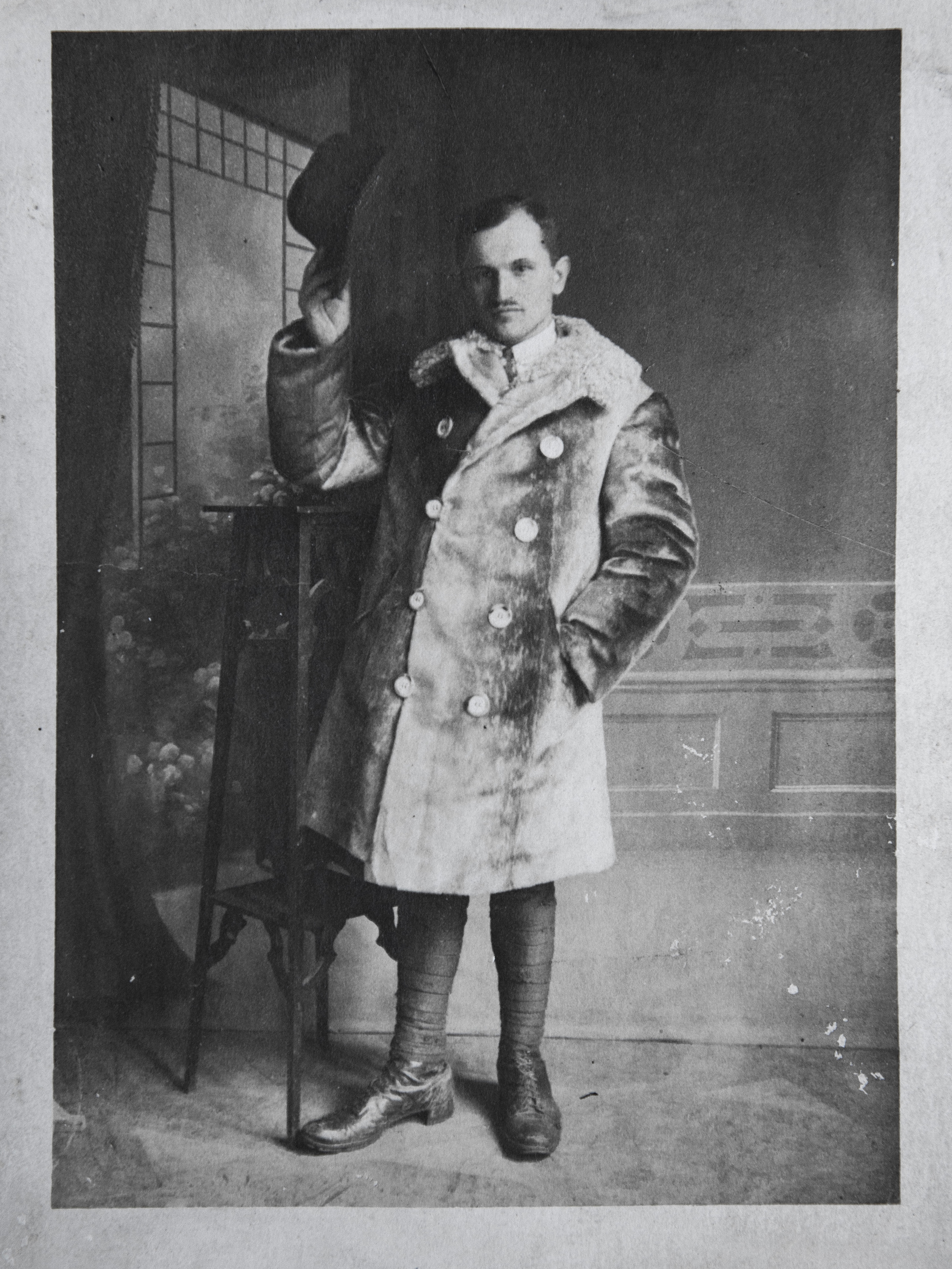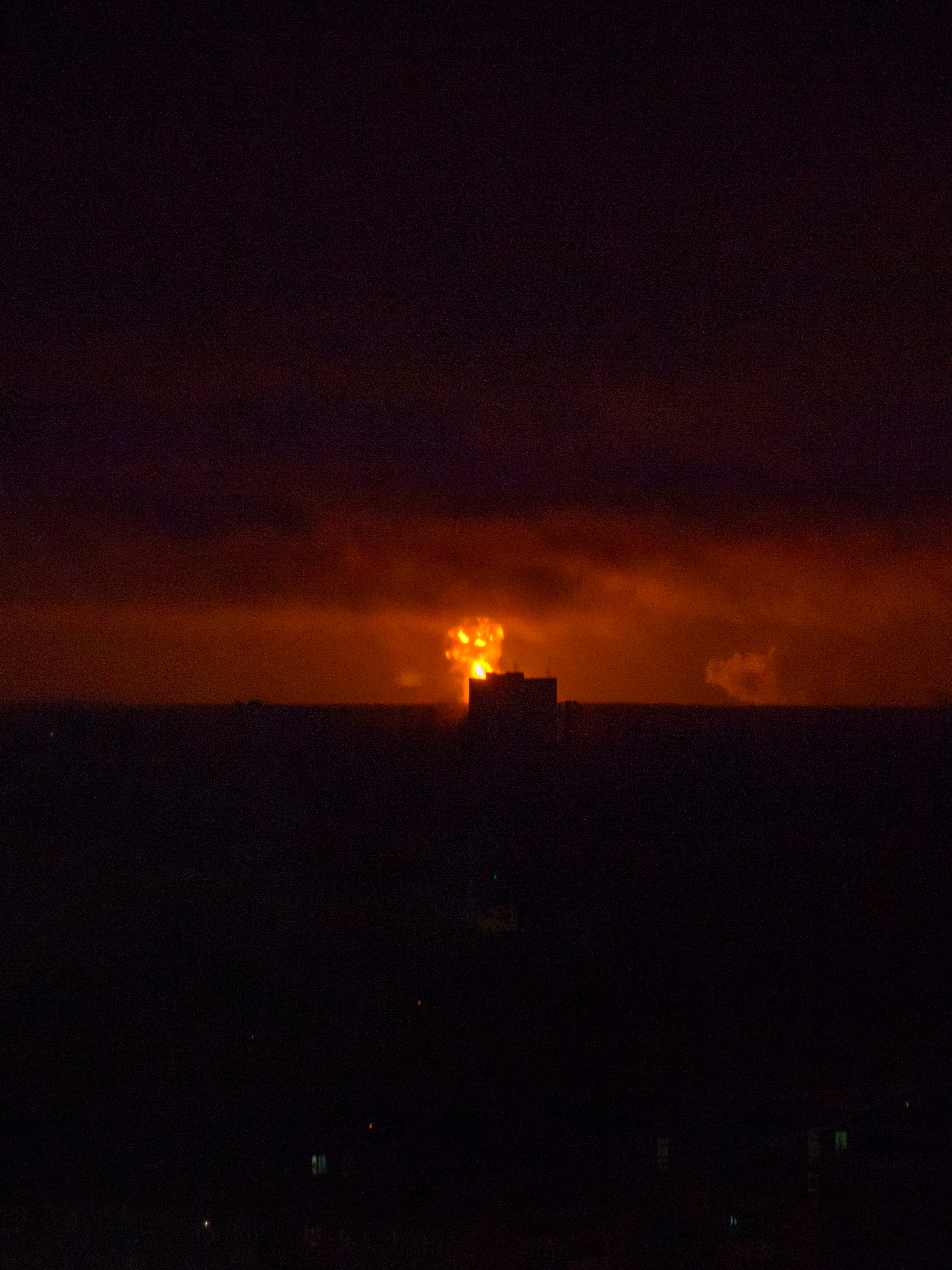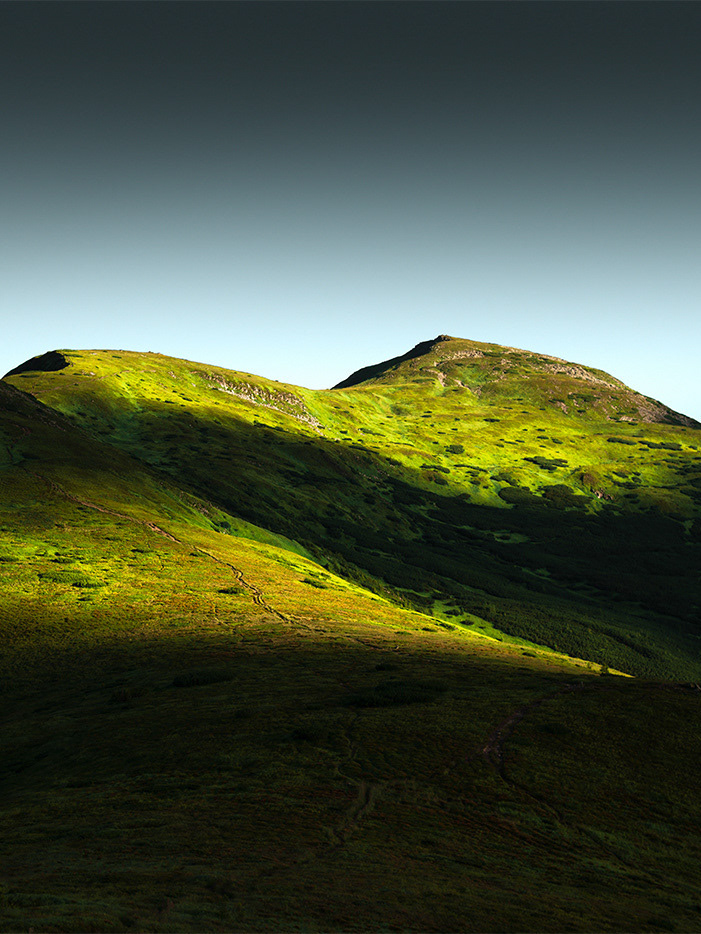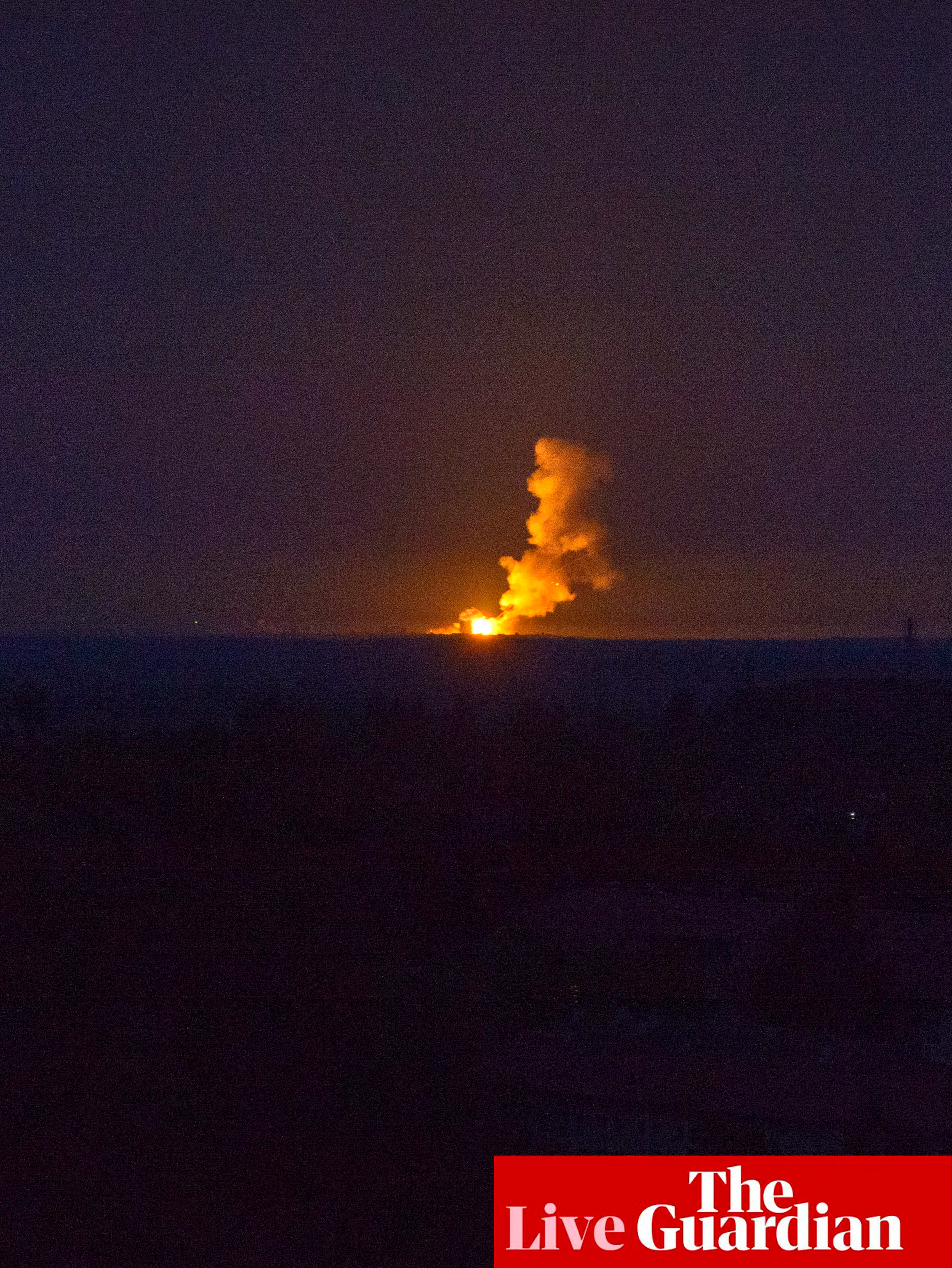NATIONAL GEOGRAPHIC TRAVELLER SEPTEMBER 2020
"Ukraine’s Untouched Mountain Village"
A photographer treks to the Carpathian Mountains and gets up close and personal with locals at Volosyanka, a village unfazed by the pandemic.
Text by Pooja Naik | Photographs by Artur Abramiv
Music © Geoff Zanelli
Maria Hrytsiv, a lifelong resident of Volosyanka, has barely set foot outside the village where she raised her five children. Here, the 87-year-old is seen stepping out of her ‘summer kitchen’—a traditional spruce structure that is typically built alongside a main house. This section is used to preserve summer produce, but despite its seasonal moniker, it is used year round.
Volosyanka, a resort village studded with undulating hills and endless green pastures, tucked in the Lviv Oblast region of the Ukrainian Carpathians, is home to no more than 1,500 residents. Despite receiving a frequent influx of urban tourists—who sign up for hiking trails, mountain expeditions, and rural foraging—the village has not officially reported a single case of COVID-19. Every month since 2015, Artur Abramiv, a Ukraine-based documentary and adventure photographer, has left his cityscape of Novyy Rozdil to explore a different part of the area’s ridge. “I am an artist and I am inspired by the mountains,” states the 25-year-old. When the pandemic brought the world to its knees, Abramiv set out on a quest to reconnect with nature and satiate his natural curiosity for exploration.
Vasyl Maksymovych is tasked with making the aromatic otava—the finest, quality cattle hay in the Carpathians. With the help of Oksana Kukharyk, a local woman, the 61-year-old spends five days at his parents’ farm bundling bales, which are decomposed, dried and stacked atop a stropak—a short-branched pine limb stuck in the ground.
In the summer months between June and August, tourists come to cool off in the waters of Stavok, a mountain lake.
Commuters aboard the regional electric train shield their faces with masks and observe social distancing. The transport departs from Lviv and is assigned different routes on a weekly basis. The photographer takes the Myakachevo-bound express, the easiest way to reach the Ukrainian Carpathian Mountains.
Roxolona Abramiv, the photographer’s wife who regularly accompanies him on his treks, sets up camp at Verkhovinskiy Khrebet—a range of the Carpathians near the Ruska Put trade route, which some believe predates the Silk Road. With three other friends for company, it takes the group two hours to hike the five-kilometre stretch starting from Lybokhora village. The wilderness trail echoes with the sound of bleating goats and sheep, and occasional sightings of song thrush, roe deer, Carpathian squirrel, forest cat and brown bear.
Maryan Yahovkin, who has now been to the mountain six times, finds a slice of solitude atop the Carpathian flysch—a stone ledge on Zhurovka peak with an elevation of 4,030 feet—while he admires the panorama of Lautans’ka Holyttsya.

